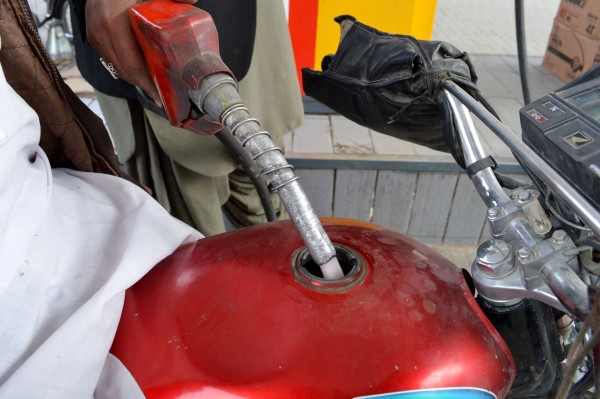

Follow us on:  
|


Global demand for oil is expected to rise, helping push oil prices higher [Xinhua]
US benchmark West Texas Intermediate crude futures rose to $66.53.
Oil markets have been steadily rising since Saudi Arabian-led OPEC agreed to oil production cuts with non-cartel world producers such as Russia.
And OPEC is predicting rising global oil demand over the next four years will push prices even higher.
The two largest oil producers agreed to continue with production cuts until the end of the 2018 fueling hope among some traders that oil prices could head toward the $80 mark by the end of the year.
Saudi Arabia’s most pivotal step in the oil markets has been its ability to coerce OPEC and non-cartel members to stick to the 1.8 million barrels a day production cuts since last year.
Hand in hand with the Russians, this has been one of the leading factors on boosting oil prices in 2017.
The two countries, once at loggerheads over Syria and Iran, have set aside their differences in favor of oil market stability.
2017 began with oil prices climbing in the $45-55 range to end the year near $67 a barrel.
With Saudi Energy Minister Khalid Al Falih pledging that oil cuts will continue till the end of 2018, the Saudis were hoping for a price range between $60 and $70 a barrel for much of the year.
Prices have now surpassed that and are likely to hover between $65 and $75. But could they go higher?
Supply and demand
While the biggest threat to market stability is how quickly shale oil production will be back on line now that oil company coffers are filling up again, expectations are that demand for the black gold is not going to stop rising.
According to a report from the International Energy Agency on January 19, 2018, global demand for oil has risen from 92.45 million barrels a day in Q2 of 2014 (when the glut first began) to 96.65 million barrels in Q3 of 2016.
In 2018, the IEA forecasts global demand at 99.1 million barrels a day.
However, the IEA says that rising oil prices may offset demand and push it lower slightly.
Meanwhile, OPEC says that it sees a healthy annual increase in global demand to reach over 102 million barrels a day by 2022.
By Firas Al-Atraqchi with inputs from Agencies